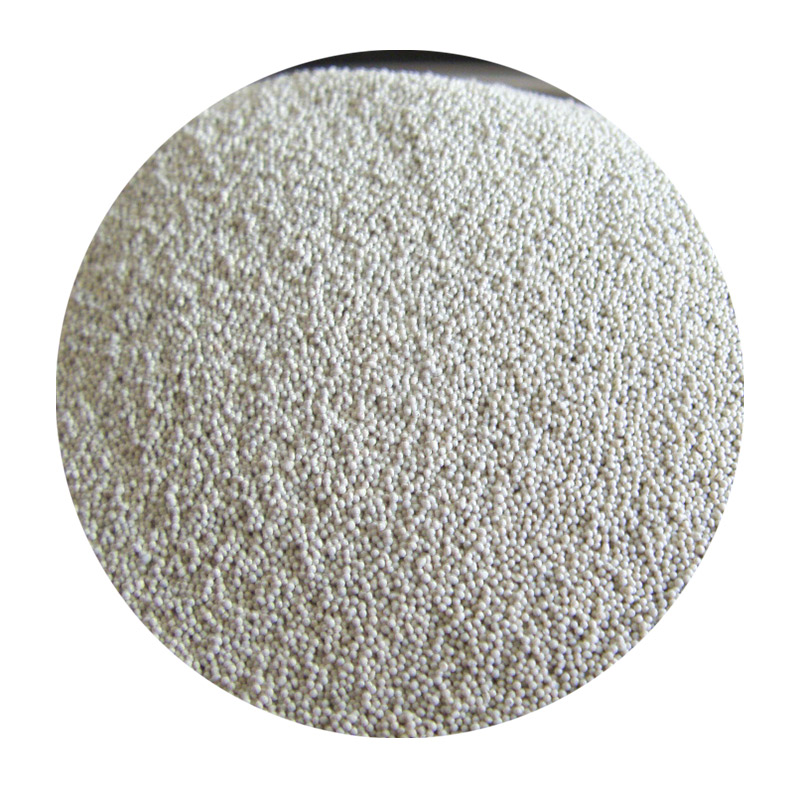The Rise of Ceramic Sand in Modern Industries
In recent years, ceramic sand has emerged as a significant material in various industrial applications, heralding a new era of efficiency and sustainability. Derived from high-quality kaolin clay, ceramic sand is synthesized through controlled processes that transform raw materials into high-performance particulates. The uniqueness of ceramic sand lies in its exceptional physical and chemical properties, which make it an ideal choice for a wide range of applications, particularly in the fields of foundry, construction, and energy.
Characteristics and Benefits
Ceramic sand boasts several advantageous characteristics. Firstly, it exhibits excellent thermal stability and resistance to thermal shock, allowing it to withstand high temperatures without deforming. This property is particularly beneficial in foundry applications where molds and cores need to endure extreme heat during metal casting. Secondly, ceramic sand has a low thermal expansion coefficient, which minimizes the risk of cracking during temperature fluctuations. This characteristic, coupled with its durability, contributes to the longevity of products made with ceramic sand.
Another significant advantage is its chemical inertness. Ceramic sand does not react with most metals and compounds, making it suitable for casting various alloys without the risk of contamination or undesirable chemical reactions. Furthermore, its minimal dust generation during handling contributes to a safer and cleaner working environment, enhancing the overall health and safety standards in industrial settings.
Applications in Foundry Industry
The foundry industry has been one of the primary adopters of ceramic sand due to its superior properties compared to traditional sand materials. In metal casting, ceramic sand is used to create molds and cores that provide precise shape and finish to metal components. Its high mechanical strength and ability to retain fine details have made it a preferred choice for high-quality casting applications, such as automotive and aerospace components.
Moreover, the use of ceramic sand allows foundries to achieve better surface quality on cast parts, reducing the need for secondary processing steps
. This efficiency not only saves time and costs but also enhances the overall productivity of foundry operations. As industries continue to push for higher performance and tighter tolerances, ceramic sand is poised to play a critical role in meeting these demands.ceramic sand

Construction and Infrastructure
Beyond the foundry sector, ceramic sand is making inroads into the construction industry. It is increasingly being utilized as a lightweight aggregate in concrete formulations. The incorporation of ceramic sand in concrete can enhance its mechanical properties, including compressive strength and durability. Additionally, the lightweight nature of ceramic sand reduces the overall weight of the concrete structures, facilitating easier handling and transportation.
In road construction, ceramic sand can be employed as a substitute for traditional aggregates. Its unique properties contribute to improved road surface quality and longevity, making it an attractive option for infrastructure projects. As cities worldwide grapple with the challenges of urbanization and aging infrastructure, the adoption of innovative materials like ceramic sand can play a vital role in creating more resilient and sustainable urban environments.
Sustainability and Environmental Impact
One of the most compelling aspects of ceramic sand is its potential to foster sustainability. The production process of ceramic sand often utilizes industrial by-products, reducing waste and promoting a circular economy. By replacing conventional sand with ceramic alternatives, the construction and foundry industries can mitigate the environmental impact associated with sand mining, which is notorious for habitat destruction and ecosystem imbalance.
Furthermore, the longevity and durability of ceramic sand products contribute to sustainable practices by extending the lifespan of structures and components, thus minimizing the need for frequent replacements and repairs. As global awareness of environmental issues intensifies, the demand for eco-friendly materials like ceramic sand is expected to grow.
Conclusion
Ceramic sand represents a remarkable advancement in material science, offering a myriad of benefits that address the needs of modern industries. Its exceptional properties have made it a game-changer in the foundry and construction sectors, while its sustainability potential aligns with the growing emphasis on environmental stewardship. As research and development continue to evolve in this field, ceramic sand is likely to gain even more applications, solidifying its position as a vital resource in the quest for innovation and sustainability in the industrial landscape. The future looks promising for ceramic sand, making it an essential component in shaping the industries of tomorrow.
Post time:Okt . 18, 2024 12:53
Next:Understanding the Applications and Benefits of Sand Casting in Various Industries
